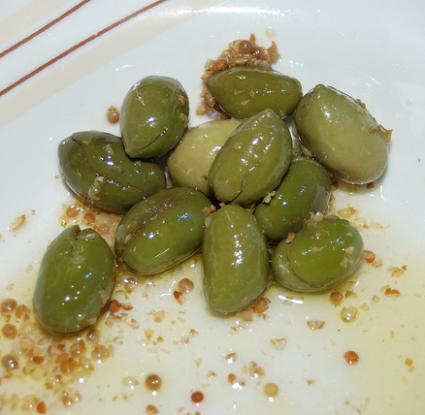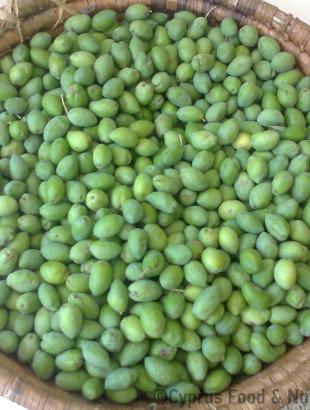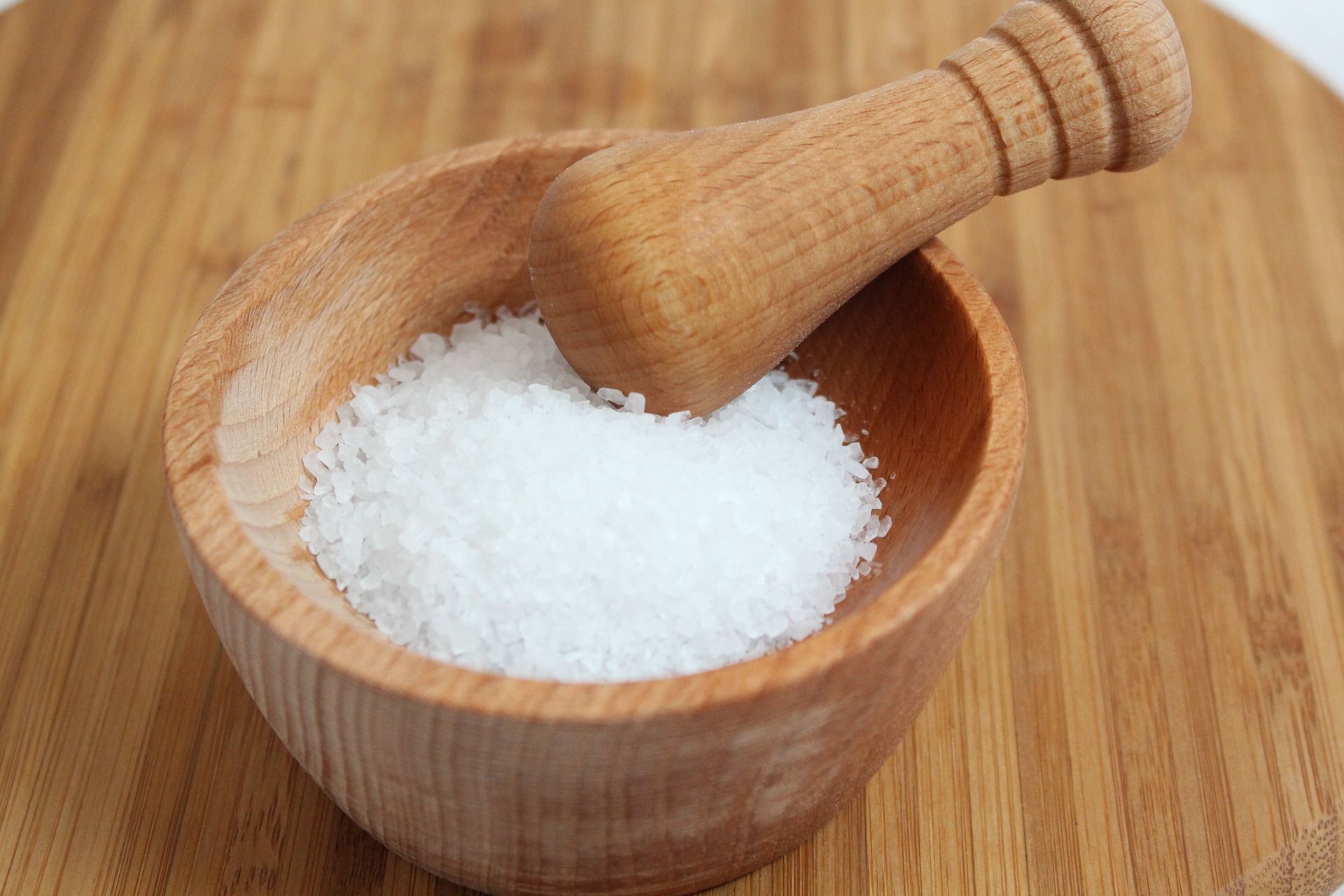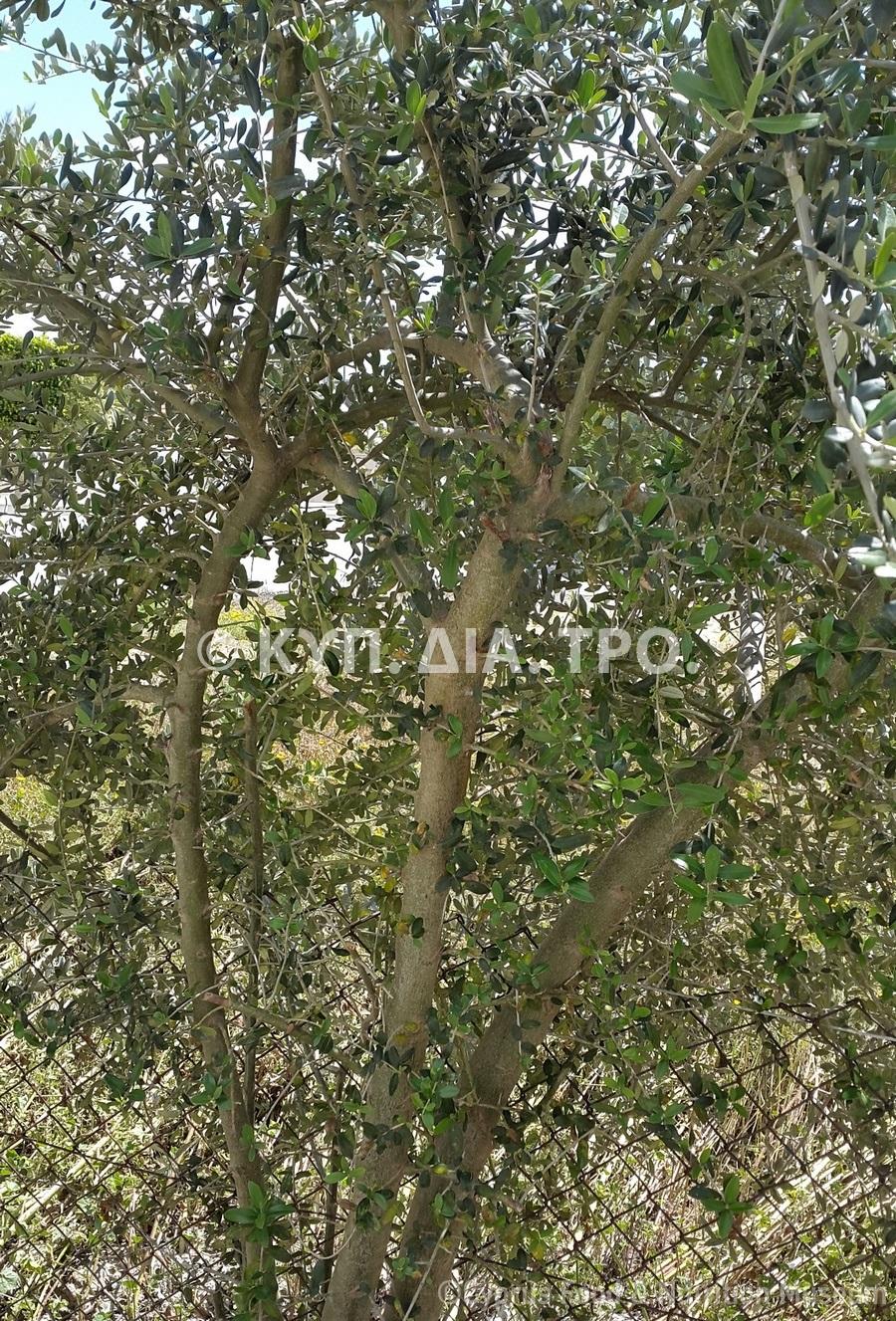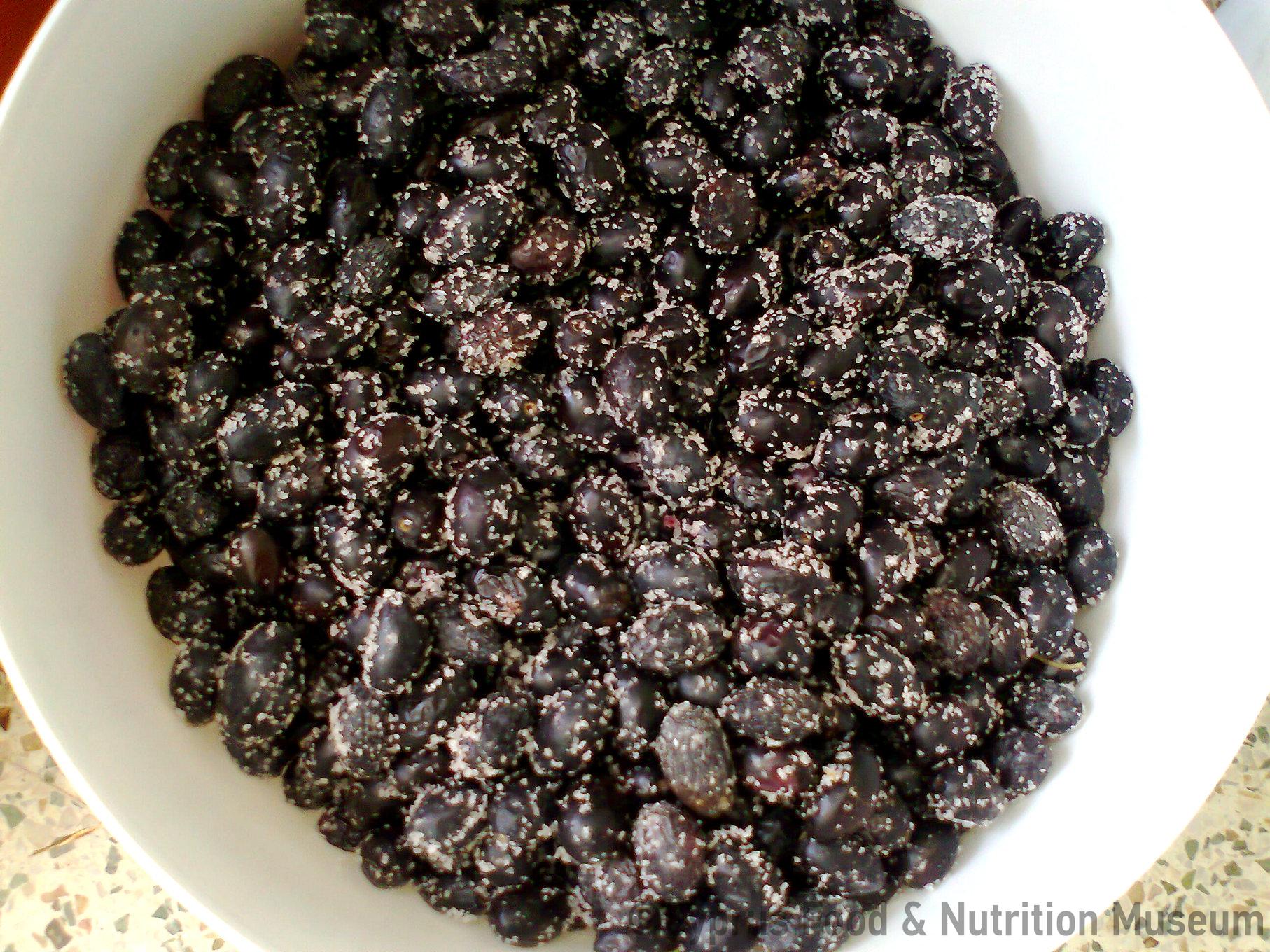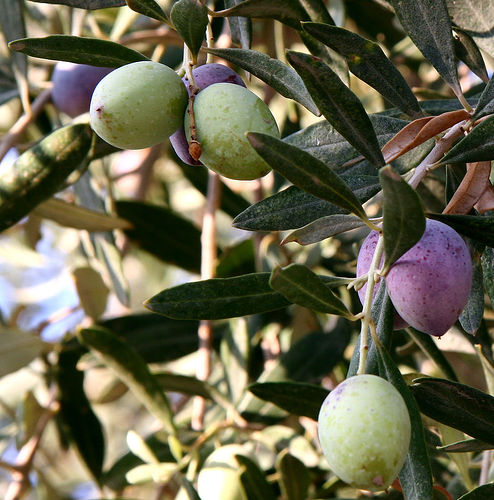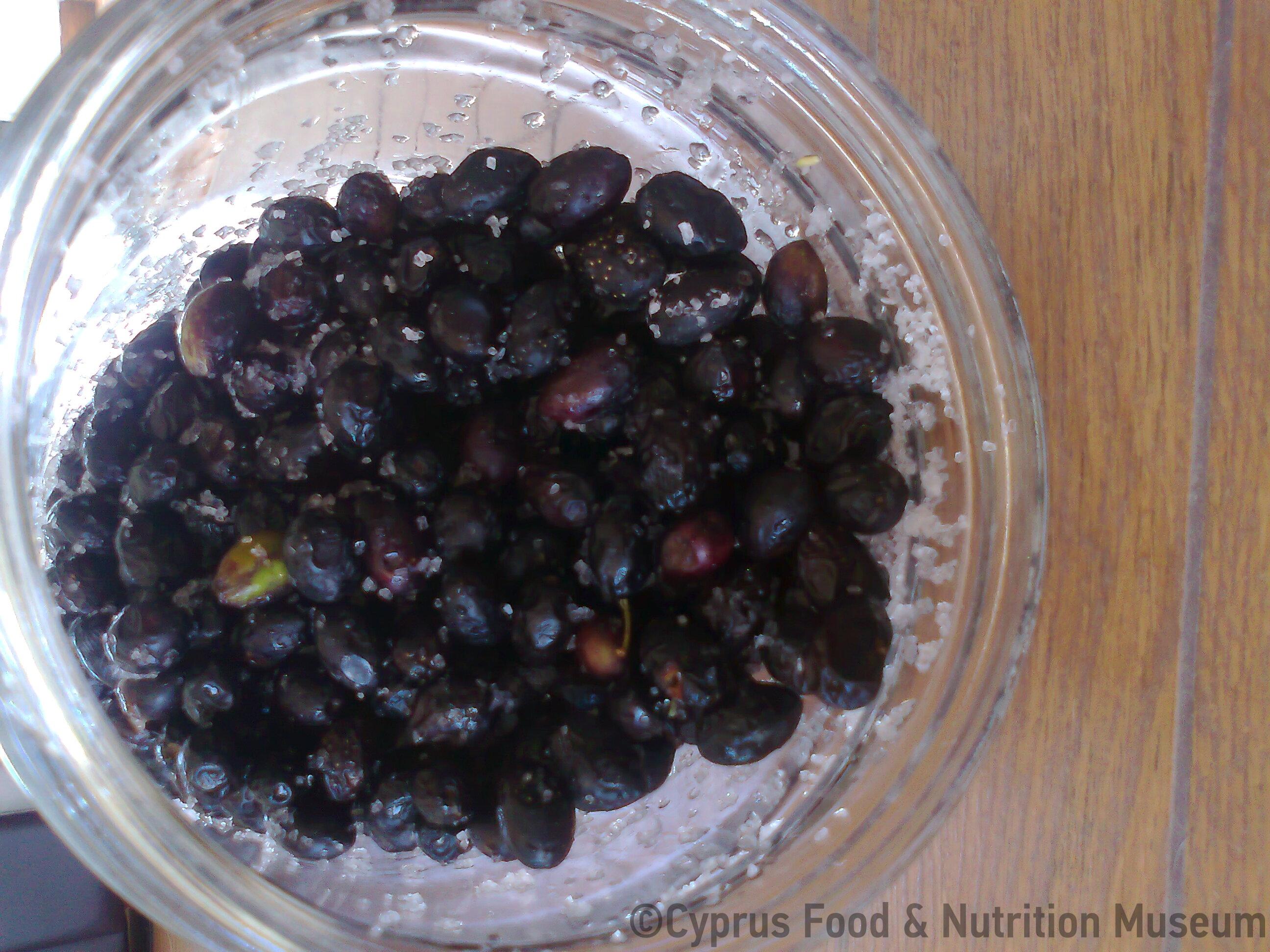Green olives which, during their preparation, were crushed with a stone.
Name - Origin
Green olives which, during their preparation were crushed with a stone.
They are called tsakkistes as during their preparation, they are crushed (tsakkizo) with a stone.
In late August or early September, when the olives were still green, Cypriots harvested a small quantity of olives to make tsakkistes olives (Hadjicostas 1995, 149-154).
For the preparation of tsakkistes olives, women would crush the olives with a stone, rinse them with water and lemon juice for 6-8 days and then keep them in brine (Ministry of Agriculture 2010, Preservation of olives, 3).
In Dikomo, the collection of green olives would start on the 15th of August. They would cut green olives, crush them and add garlic and coriander (Mavrokordatos 2003, 310).
Functional and symbolic role
Tsakkistes olives were served with chopped garlic, coriander and olive oil (Ministry of Agriculture 2010, Preservation of olives, 4).
The most common food for farmers in the fields was bread with olives (Ionas 2001).
Today in all festive occasions we find olives on the Cypriot table (comment: Demetra Dimitriou, 2011).
Additional information and bibliography
Ionas I. (2001), Τα παραδοσιακά επαγγέλματα της Κύπρου (The traditional professions of Cyprus), Publications of the Centre for Scientific Research, XXVII, Nicosia.
Mavrokordatos C. I. (2003), Δίκωμο: Το χθες και το σήμερα, Nicosia.
Ministry of Agriculture, Natural Resources and Environment, Department of Agriculture (2010), Preservation of olives and olive preparations, Press and Information Office, Nicosia.
Hadjicostas L. (1995), «Η ελιά στο χωριό μου την εποχή του μεσοπολέμου», Λαογραφική Κύπρος 25,45, 149-154.
Demetra Dimitriou, Savvas Polyviou, Petroula Hadjittofi, Argyro Xenophontos

